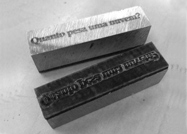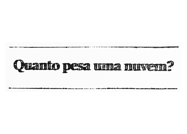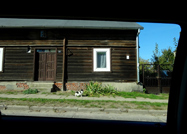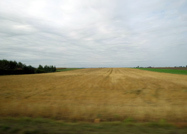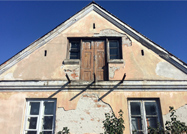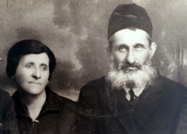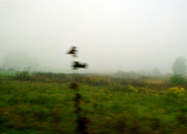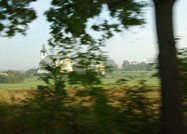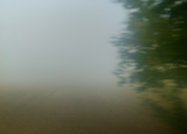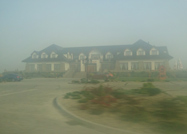Exploring the realm of the aesthetics of memory, the series Perguntas às pedras maps out the artist’s perplexities under multiple contexts. Série 1, shown during the 2014 Bahia Biennale, inquired into the connections between archives and cemeteries; Série 2, part of the project Memória da Amnésia (Memory of Amnesia), in 2015, investigates the politics of memory and public heritage as politics of oblivion. This Série 3 builds on the artist’s questioning of her own traceless history, as she sets out seeking a narrative of her own family, whose roots she revisited in a trip to Poland. Presented as a set of stamps, the series concerns the experience of prisoner branding in Nazi death camps. The artist affords her public the chance to deconstruct the experience of violence and pain that impregnates 20th century memory indelibly. The piece was commissioned by the Adam Mickiewicz Institute.
A visual and textual diary of the artist’s first trip to Poland, from where her grandparents fled to Brazil as refugees during World War I. The piece comprises a sound installation and 16 postcards, which come together to recount her travel experience through images, first-person accounts and quotes from authors including Hal Foster, Andreas Huyssen, and Vilém Flusser. These leftovers of a memory told feature elements that reveal, through juxtaposition and free association, tacit associations between assorted topics, such the concealment of memory through the monetization of design and the impossibility to produce ruins in the 20th century, thereby situating viewers amid debris and reflections on the opacity of the fog. The piece documents the tension between the managing of memory and the politics of oblivion, between situations of belonging and cultural exclusion. This artwork was commissioned by the Adam Mickiewicz Institute.
Composed of a video and a photograph of equal size taken from a still from the same video, the exhibition’s titular artwork documents the artist’s car ride between Krakow and Auschwitz on a day of heavy fog. The trip is recorded in such a way that its start and end points get mixed up. This, plus the spatial closeness of static and moving image, blurs the line between those two points. The piece is a reflection on the impalpability of the pain, the dizziness and the impasse of tourism which cannibalizes history. It converses with a traceless narrative through imprecise images that erase themselves continuously. These images are an incursion into landscapes that are pure memory nonetheless. This artwork was commissioned by the Adam Mickiewicz Institute.

